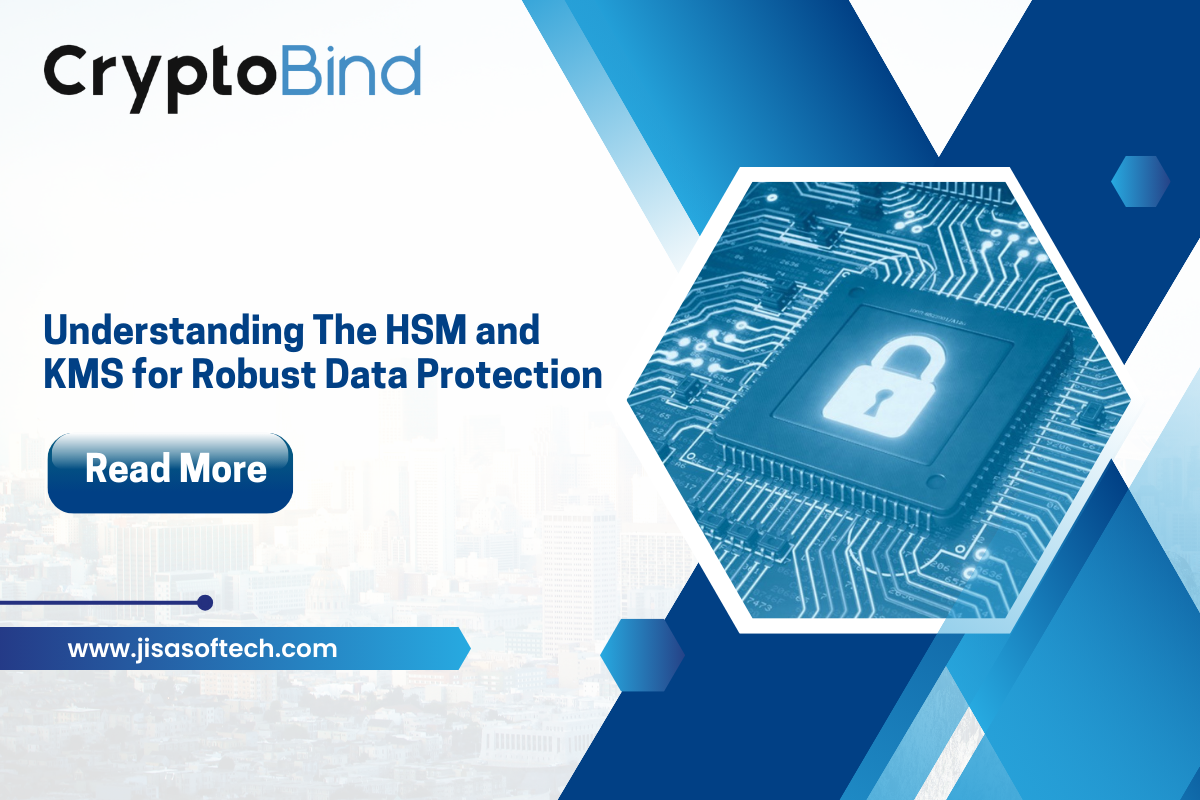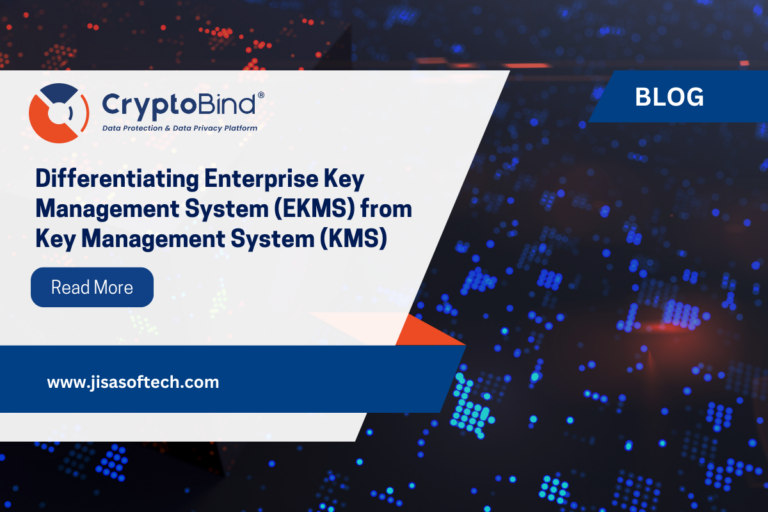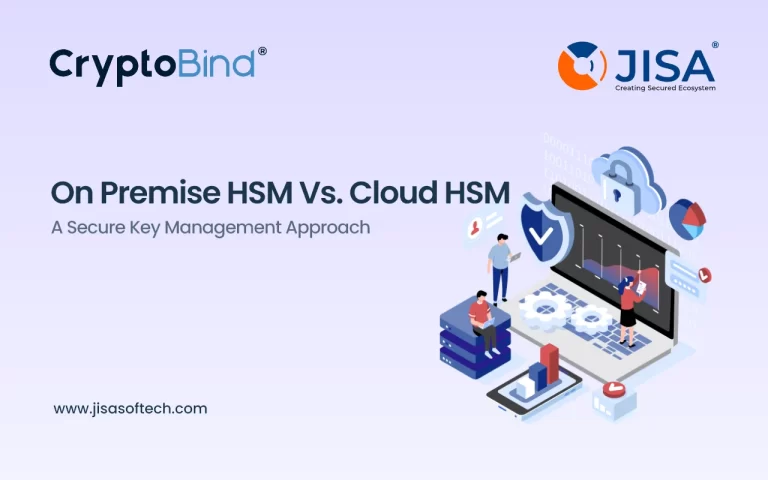Understanding The difference between HSM and KMS for Robust Data Protection
Security compliance is an absolute requirement, without exceptions. Whether you are involved in digital banking, card issuance, or lending, it is crucial to acknowledge that the security of customer data, credentials, and documents is susceptible to various security threats. Without robust risk management strategies, you run the risk of exposing both yourself and your customers to potential data breaches, cyber-attacks, and substantial fines imposed by regulatory authorities.
Handling cryptographic relationships and the lifecycles of crypto keys can be challenging, even in smaller-scale settings. Having a comprehensive understanding of the interaction and communication between Hardware Security Modules (HSMs) and Key Management Systems (KMSs) can make safeguarding your business applications more manageable than you think.
The difference between Hardware Security Modules (HSMs) and Key Management Systems (KMS) lies in their respective roles in ensuring the security, generation, and utilization of cryptographic keys. HSMs serve as the robust foundation for safeguarding cryptographic materials, conducting cryptographic operations, and certifying faster decryption, encryption, and authentication across various applications. On the other hand, KMS is responsible for the efficient management of cryptographic keys’ lifecycle in adherence to predefined compliance Standards.
Securing cryptographic relationships in diverse environments, whether large or small-scale, poses challenges due to the critical nature of these key lifecycles. The sensitivity of cryptographic keys to cyber threats and data loss makes their management complex, particularly for those immersed in internal crypto architectures.
To enhance the security of mission-critical business applications without complications, it is crucial to clarify the relationship and communication between HSMs and KMS. Before delving into this relationship, it's essential to understand the concepts of HSM and KMS.
Hardware Security Module (HSM): An HSM is a secure crypto processor dedicated to providing additional security to cryptographic keys. It conducts cryptographic operations, securely stores and protects keys, and facilitates faster decryption, encryption, and authentication across multiple applications. These specialized hardware devices boast robust operating systems, tamper resistance, and strictly controlled access, making them virtually impossible to compromise. Organizations often consider HSMs as the Root of Trust, laying a solid foundation for security and trust within the company. HSMs are instrumental in meeting specific regulations and security standards, ensuring high levels of authentication, and maintaining the efficient automated lifecycle of cryptographic keys.
Read More: Hardware Security Module
Key Management System (KMS): Key management in cryptography involves the overall management of cryptographic keys within a cryptosystem. KMS handles the generation, storage, exchange, usage, and replacement of keys, ensuring the utmost security of the cryptosystem. Cryptographic keys play a vital role in data encryption, decryption, and user authentication. Compromised keys can jeopardize an organization’s security infrastructure, granting unauthorized access to sensitive files and information. KMS allows companies to define standards and privacy policies for securing cryptographic keys, restricting access to them. Key management forms the fundamental groundwork for securing sensitive data and information, enabling the invalidation of data loss or compromise through decryption and data Encryption.
Read More: Enterprise Key Management
HSM vs. KMS: The primary difference between HSM and KMS lies in their control over cryptographic keys and operations. HSM devices are responsible for these controls, providing a secure foundation for cryptographic materials. In contrast, KMS servers control the entire lifecycle of cryptographic keys and securely handling key distribution for both inbound and outbound requests. The integration of KMS with its dedicated HSM ensures proper key generation and protection.
The link between KMS and HSM is crucial, as KMS directly interacts with its HSM when generating or distributing key data. This interaction follows the PKCS #11 standard, defining the requirements for secure communication between KMS and HSM. The result is a set of APIs ensuring secure interactions between these two systems.
Should Businesses Use HSM or KMS? Effective data security strategies necessitate the use of both HSM devices and Encryption Key Managers. HSMs facilitate secure cryptographic operations, while KMS moves key governance to secure locations, allowing applications to independently conduct their cryptographic functions. Striking the right balance and interaction between both systems enables organizations to control enterprise encryption keys effectively and implement a smarter strategy for advancing data security policies.
For details about how CryptoBind Hardware Security Module and Key Management Solution can meet your specific requirements, please reach out to us.
Contact us:
sales@jisasoftech.com
+91-9619222553








